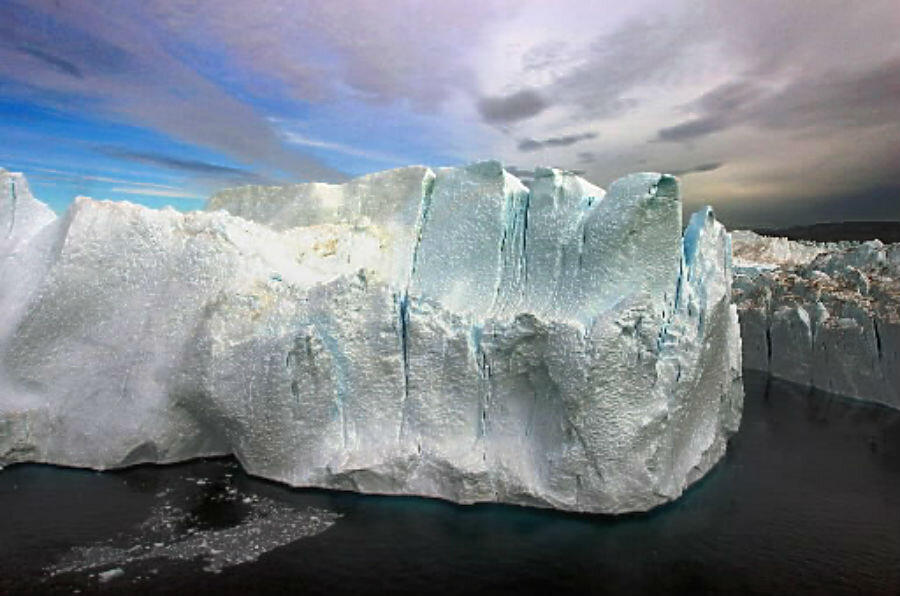This GIF illustrates global warming 'spiraling' out of control
Loading...
What does climate change look like? While some might point to melting glaciers or disappearing islands, a spiraling GIF from British climate scientist Ed Hawkins, which illustrates global warming's toll since 1850, captures a century and a half of temperature change in just seconds.
Since early on Wednesday, the GIF has been retweeted over 3,200 times and has been called the "most compelling global warming visualization ever made" by The Washington Post's weather editor, Jason Samenow.
"I can't quite believe it," says Dr. Hawkins, a professor at the University of Reading, told The Post. "It was just designed to try and communicate in a different way. As scientists I think we need to communicate, and try different things, and this was just one of those trials, and it has turned out very well." The spiral itself was an idea from fellow researcher Jan Fuglestvedt at the University of Oslo, Hawkins said.
Part of the reason Hawkins says his GIF is so popular is that it "doesn't require any complex interpretation." He plotted monthly temperatures since 1850 in spiral format, using data from the Met Office Hadley Centre and the University of East Anglia's Climatic Research Center: Twelve points per year, circulating around a central point that flashes which year is being illustrated. "The pace of change is immediately obvious, especially over the past few decades," Hawkins wrote in his blog, the Climate Lab Book.
The GIF starts with cooler colors closer to the spiral's center, as warmer colors extend outward, quite literally showing how global temperatures have spiraled to new extremes in recent years. The image also marks the 1.5 degree Celsius and 2 degree milestones, compared to pre-industrial temperature averages from 1850-1900, which world leaders have pledged to avoid.
Hawkins's GIF shows us just how close to those markers we've come. In fact, his own research projects that the 2 degree threshold could be crossed by 2060, if current emission levels stay high, releasing carbon dioxide and other greenhouse gases into the Earth's atmosphere.
In Hawkins's image, 2016 extends farther toward those thresholds than any other year, thanks in part to an El Niño cycle that made August 2015 one of the hottest months on record. Once El Niño passes this year, temperatures may drop a little as heat retreats to deeper levels of the ocean, but the overall tide of global temperature spikes is only continuing.
But avoiding the harmful consequences of the 2 degree threshold is still within our grasp, Hawkins believes.
"Are temperatures 'spiraling out of control?'" he asked in a Tweet. "No. Humans are largely responsible for past warming so we have control over what happens next."





